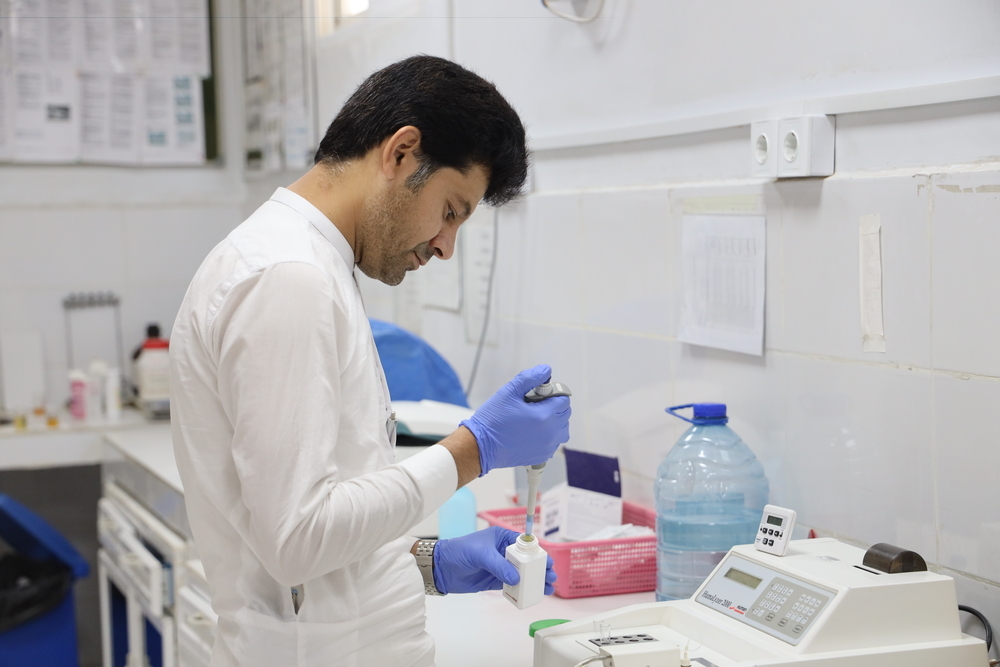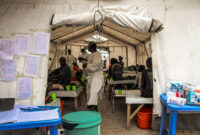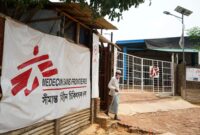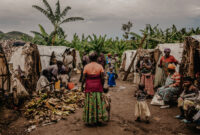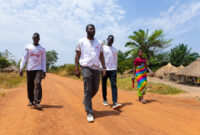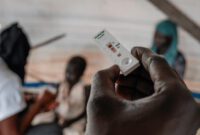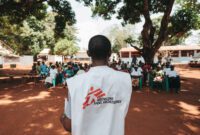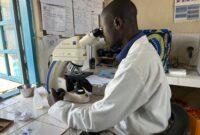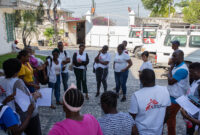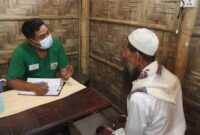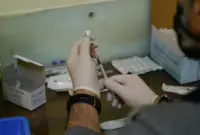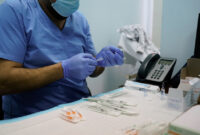Canada’s pandemic preparedness investments still make equity an afterthought
Health R&D funding should come with licensing conditions to ensure global access and that the benefits of public investment accrue to public health.
This article was originally published in Policy Options by Adam R Houston, Matthew Herder, and Srinivas Murthy.
As governments move on from the COVID-19 pandemic, the policy conversation has shifted to the next threat.
Whether that’s H5N1 – a strain of influenza virus currently spreading among cattle and in some instances to humans – or some unknown “Pathogen X,” Canada and other countries are allocating significant sums to get ahead of whatever comes next.
In theory, this could mean not only that Canada will be more prepared for the disease itself, but also that it is laying the groundwork to finally deliver on the federal government’s longstanding rhetoric about the importance of health equity, rather than repeat the well-documented failures that resulted from Canada’s actual practices during COVID-19.
Unfortunately, there is little sign that Canada has taken even basic steps to ensure its substantial new investments in tools for pandemic preparedness will pay dividends in access for those most in need.
For instance, in May, the federal government announced $574 million in funding through its “integrated Canada Biomedical Research Fund (CBRF) and Biosciences Research Infrastructure Fund (BRIF) competition.”
The money – part of a $2.2-billion investment by Ottawa in infectious disease-related science, infrastructure, clinical trials and public health operations – is going to five hubs across the country, led by university research units and multiple private-sector partners, working on a range of projects.
The new $574-million investment is one of the largest single outlays of biomedical research funding in Canadian history. That figure is nearly half the entire annual granting budget of this country’s biggest funder of health research, the Canadian Institutes of Health Research.
The work conducted as part of this substantial funding is likely to be a major component of Canadian biomedical science for years to come.
However, as virtually every examination of the global pandemic response has documented, the primary failing of much COVID-19 policy was to treat equity – particularly equitable access to vaccines and other health tools – as an afterthought rather than a fundamental driving principle.
Canada notoriously secured – by a wide margin – the most doses per capita in the world of initially scarce vaccine, yet ultimately threw out more doses than it shared. Avoiding such inequities in future should be particularly top of mind. It has not been.
We must correct this failure as we develop our biomedical infrastructure to prepare for the next pandemic, particularly given Canada’s similarly abysmal track record of ensuring accessibility to knowledge from biomedical funding during COVID-19, which inhibited rapid, affordable access for all who need it.
For a start, federal funding of health research and development (R&D) should come with licensing conditions to ensure global access. It should also ensure the benefits of public investment accrue to public health rather than financial dividends to private companies as happened during COVID.
Private companies reaped the rewards
Canadian companies that developed life-saving technologies during the pandemic, such as AbCellera or Acuitas, had their start within publicly funded institutions and also received hundreds of millions in funding from the federal government during COVID-19.
Yet, they were under no obligation to ensure public or even affordable access to the tools developed from their research for Canadians or people around the world.
This effectively socialized the risks of R&D while allowing companies to privatize the financial rewards.
Canadian universities do little better. According to a recent Universities Allied for Essential Medicines report assessing global access to biomedical innovations from the Top 15 research universities in Canada, only three received a grade of C or higher. Six received an F.
Consider the lipid nanoparticle technology used in mRNA vaccines, which was developed at the University of British Columbia before being spun off to private companies that received further federal support.
Despite significant investment in that technology, neither the federal government nor the university retained any leverage for access to the vaccines domestically or to ensure this lifesaving technology would be disseminated more widely, such as via transfer to the World Health Organization’s mRNA Tech Transfer Hub in South Africa.
Ultimately, Canadian-developed lipid nanoparticle technology was not shared with the hub. Canada in turn donated further money to support the hub, in effect paying for the hub to reverse-engineer technologies that were otherwise inaccessible to it and that were developed in significant part with Canadian government funding.
A much more straightforward and effective approach would have been to insist government R&D funding came with strings attached to ensure the resulting Canadian technologies were shared with the world, particularly in circumstances such as a pandemic.
Unfortunately, there is nothing in the current CBRF/BRIF process indicating the situation would be different with any future technologies developed with Canadian public funding.
This is a consistent theme across other public investments, including Canada’s biomanufacturing and life sciences strategy; the $470 million in federal and Ontario government funding given to the pharmaceutical giant Sanofi to build vaccine manufacturing facilities in Toronto; and the upcoming $144 million (over six years) “transformation competition,” to name just a few examples.
Ottawa doubling down on its mistakes
Rather than learning the key lessons of the importance of equitable access to medicines and vaccines, the federal government seems to be doubling down on investing in a status quo that hasn’t worked for the world or for Canada itself.
This status quo involves investing public money in health R&D without ensuring the dividends of this public investment are paid in gains to public health rather than private wealth.
More directly, it involves public money going into foundational research at public universities while the outcome of that research is being spun off into privatized companies – an explicit goal of much of this latest tranche of funding.
Furthermore, as glowing recent media coverage of the CBRF/BRIF funding announcement describes it, this investment of public funds will also help ensure that intellectual property developed at public institutions becomes “much more valuable before it spins off” into privately owned companies.
Absent from stories such as this are the frequent real-world outcomes of this scenario – that in the absence of any conditions on public funding, the Canadian public pays for research that is then sold back to it at exorbitant prices and may be neither affordable nor accessible at all elsewhere in the world.
What Ottawa should do
Federal funding of health R&D should come with licensing conditions to ensure equitable access. That’s an obvious way for Canada to protect its investments.
Other countries already include affordable access conditions. The United States, the world’s largest overall public funder of health R&D, is currently in the process of strengthening its measures to ensure public funding leads to affordable access.
In Canada, parliamentary committees examining global access to Canadian health R&D –both before and after COVID-19 – have consistently recommended placing licensing conditions on such funding.
Ensuring that proudly Canadian innovations reach all those who need them is also the sort of diplomatic soft power that would allow Canada to make progress on its long-held aspirations of leadership in global health.
Unfortunately, Canada’s recent positions on equitable access, such as during the ongoing negotiations for the international pandemic agreement, have consistently favoured voluntary action by the pharmaceutical industry – an approach with a decades-long track record of failure in ensuring equitable access – over stronger measures.
However, there are signs that the final agreement may at least create access obligations around health products developed with public funding.
Canada has the opportunity to show leadership by doing so now in international solidarity, rather than later in begrudging compliance with emerging international obligations.
Clear requirements of equitable access must be attached to CBRF/BRIF funding agreements and enforced as those projects generate new knowledge and tools. The same should apply to other health R&D funding initiatives.
Ultimately, ensuring that the federal government and Canadian universities incorporate access as a fundamental component of health R&D would also demonstrate that lives saved – during pandemics and every day – are the greatest return possible on investment.
